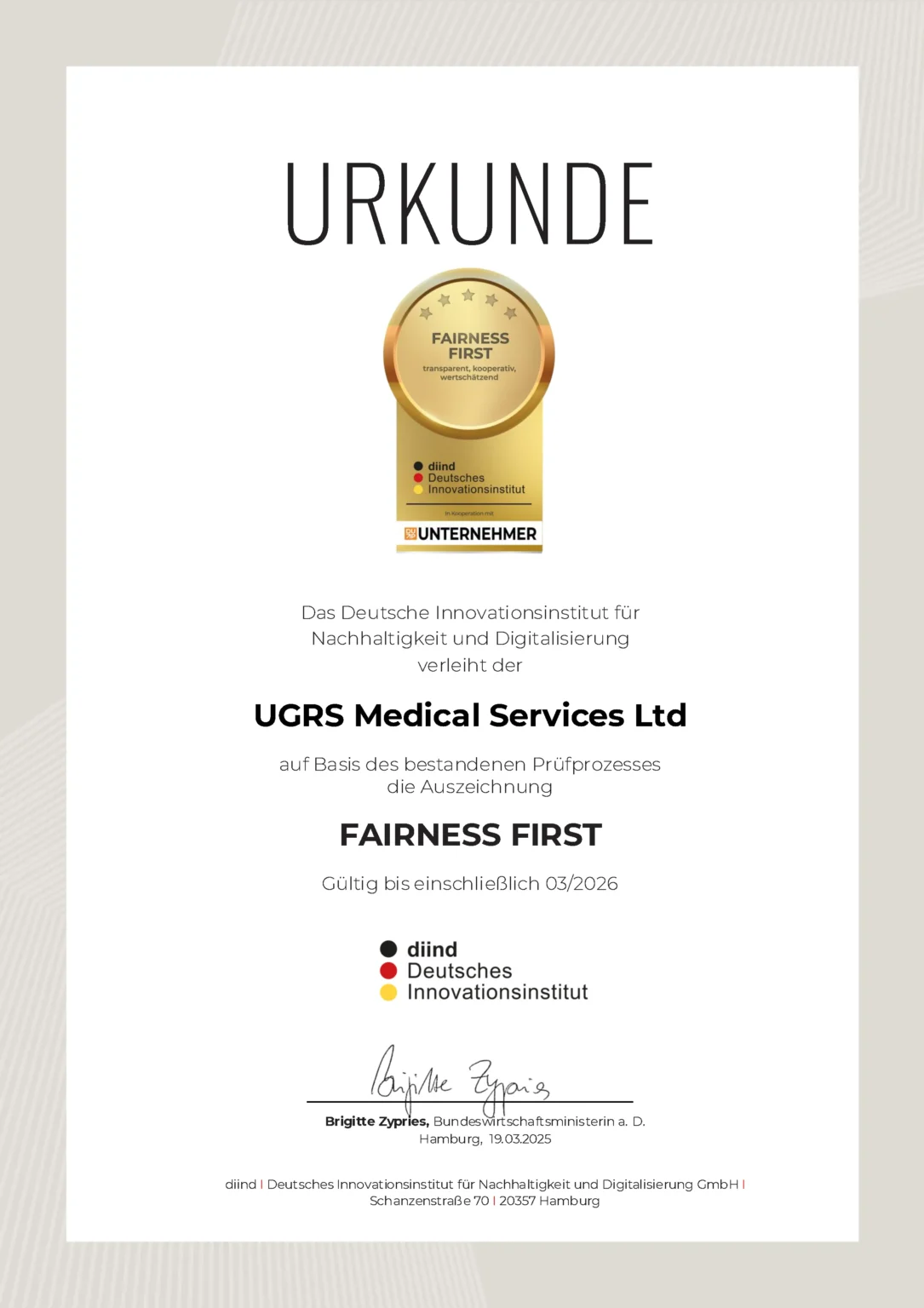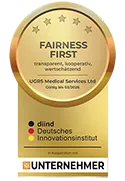Home » UGRS.Knowledge – Glossary on Penis Enlargement, Anatomy & Urology » Muscle building
Muscle building
Building muscle without the use of anabolic steroids requires a combination of targeted training, a balanced diet, sufficient recovery and consistent discipline. Here are the most important steps and strategies for natural muscle building:
1. strength training
-
Progressive overload:
The key to building muscle is to steadily increase the load. This means that you need to gradually increase the weight, repetitions or intensity of your training in order to continuously stimulate the muscles. -
Basic exercises:
Concentrate on complex, multi-joint exercises such as squats, deadlifts, bench presses, pull-ups and shoulder presses. These exercises work several muscle groups simultaneously and promote muscle growth more effectively than isolated exercises. -
Training frequency:
Train each muscle group 2 to 3 times a week in order to provide sufficient stimulation and at the same time allow sufficient recovery time. -
Repetition range:
A typical repetition range for muscle building is between 6 and 12 repetitions per set, with 3 to 4 sets per exercise recommended.
2. nutrition
-
Protein-rich diet:
Proteins are the building blocks of muscles. Make sure you eat enough protein to support muscle repair and regeneration. A common recommendation is around 1.6 to 2.2 grams of protein per kilogram of body weight. -
Calorie surplus:
To build muscle, you need more calories than your body consumes (calorie surplus). A moderate calorie surplus of around 200 to 500 calories per day will help you grow muscle without putting on too much fat. -
Carbohydrates and fats:
Carbohydrates provide the energy for intensive training sessions, while healthy fats are important for hormone balance. A balanced diet with a good mix of carbohydrates, proteins and fats is crucial.
3. regeneration
-
Sleep:
Sufficient sleep (7-9 hours per night) is crucial for muscle regeneration and growth, as important hormones such as growth hormones are released during sleep. -
Rest days:
Give your muscles enough time to recover. Plan at least 1-2 rest days per week and avoid training the same muscle groups on consecutive days. -
Stress management:
Chronic stress can have a negative impact on muscle building as it increases cortisol levels, which promotes muscle breakdown. Practice stress management techniques such as meditation, yoga or other relaxation exercises.
4. consistency and patience
-
Long-term thinking:
Muscle building is a long-term process that can take months or years. Be patient and stay consistent with your training and diet. -
Track your progress:
Document your training sessions, diet and progress. This will help you to stay motivated and make adjustments if necessary.
5. supplements (optional)
-
Protein shakes:
They can help to cover your protein requirements if it is difficult to get enough protein from your normal diet. -
Creatine:
Creatine is one of the few scientifically well-studied supplements that has been proven to support strength and muscle building. -
Omega-3 fatty acids:
These promote general health and can aid recovery.
6. correct technique and injury prevention
-
Technique:
Make sure you perform the exercises correctly to avoid injuries and to put the muscles under optimum strain. -
Warm-up and cool-down:
Integrate a good warm-up and cool-down program into your training to minimize the risk of injury.
By combining these elements, you can effectively build muscle without resorting to anabolic steroids and stay healthy and strong in the long term.
If you have any questions, please do not hesitate to contact our staff.
This content is for general information purposes only and does not constitute medical advice, diagnosis or treatment recommendations. It is in no way a substitute for a professional examination or treatment by a licensed physician. If you have any health complaints or uncertainties, please always consult a medical professional – especially if you have any questions about intimate surgery or sexual health.








